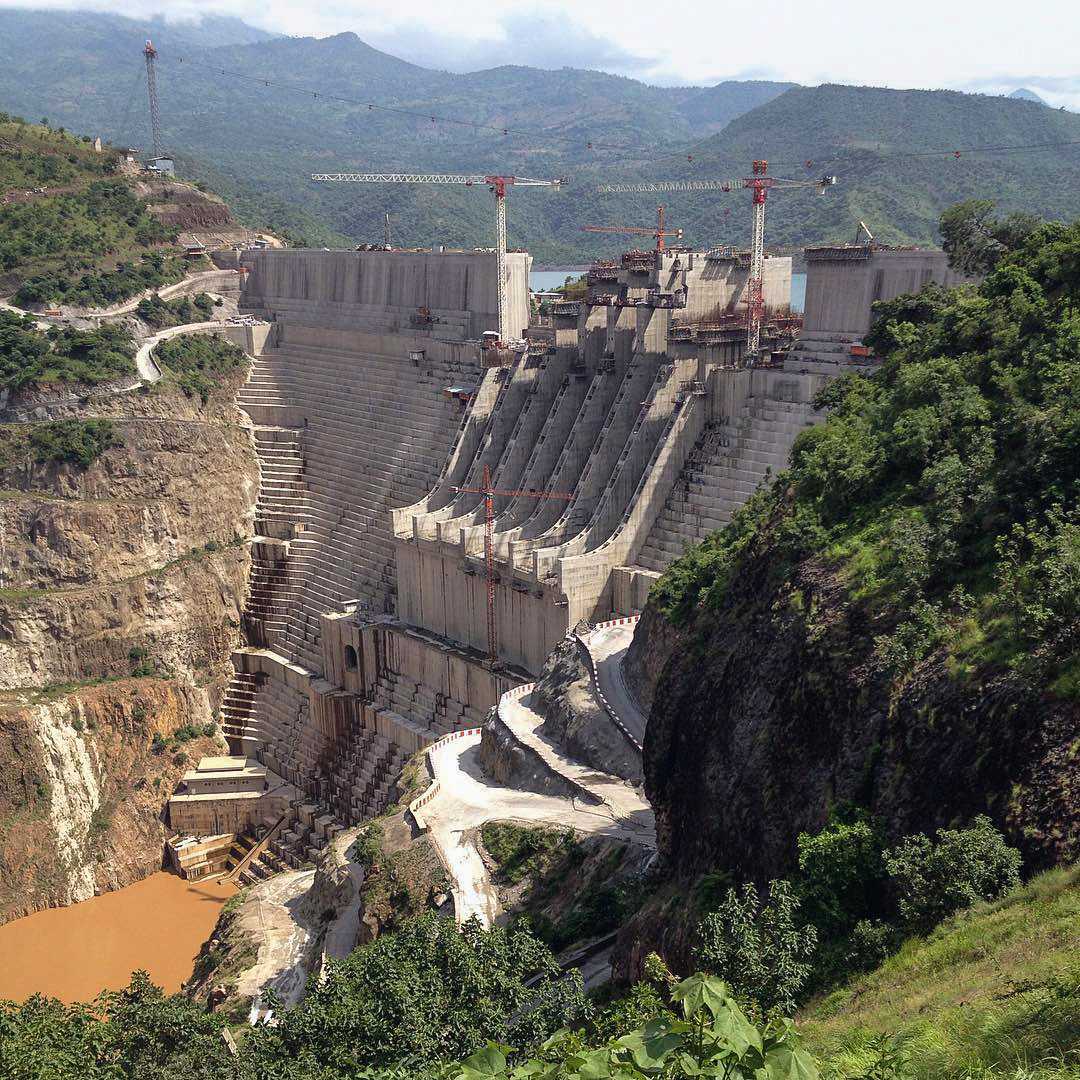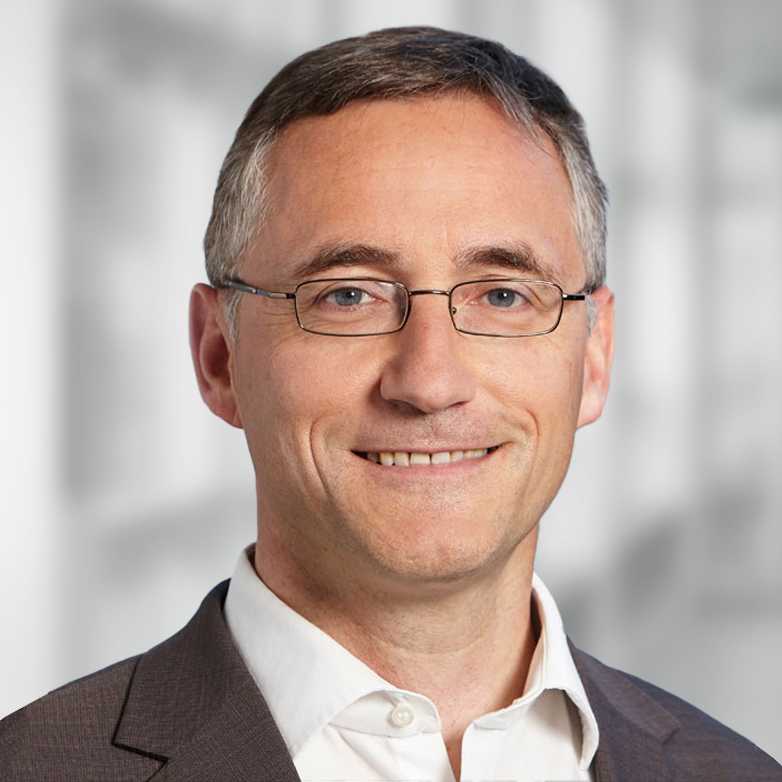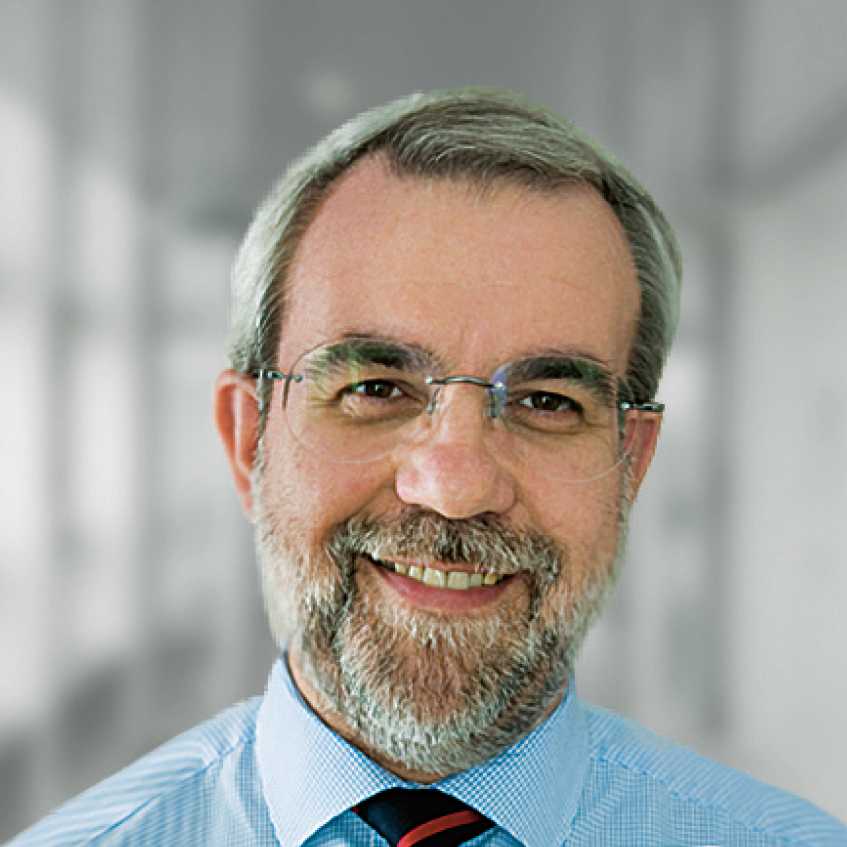A contested resource
The expansion of hydropower generation often leads to conflicts of interest, both in Switzerland and beyond. Researchers from ETH Zurich are trying to find a basis for compromise that serves the public interest.

Without hydroelectric power, Switzerland would be a shadow of what it is today. The country generates some 60 percent of its electricity from a nationwide network of 1,500 run-of-river and storage hydropower plants – and their importance is only going to grow. “By 2050, electricity will make up between 38 and 46 percent of Switzerland’s energy mix, which is a considerable jump from today’s figure of 27 percent,” says Robert Boes, Professor of Hydraulic Engineering at ETH Zurich. That’s because a successful transition to renewables means replacing fossil fuels and electrifying more energy uses such as private transport. At the same time, Switzerland’s last nuclear power plant is due to shut down in about ten years – so solar, wind and hydro will have to pick up the slack. The advantage of storage hydropower systems is their ability to store large amounts of energy over long periods of time, which is particularly important in winter when sunlight is less plentiful.
Expand and build
“The fact that Switzerland can use water to store energy is a huge help when it comes to transitioning to a low carbon economy,” says Boes. Over the past few years, his research group has carried out extensive research into the potential for expanding reservoirs in Switzerland and building new ones. In 2020, they calculated how much additional power could be produced if the capacity of 38 existing reservoirs in the Swiss Alps – each with a usable volume of at least 20 million cubic metres of water – were increased by 5, 10 or 20 percent. The researchers evaluated each reservoir’s potential on the basis of eight criteria, including impacts on conservation areas and existing infrastructure and the ability to shift power generation to the critical winter period. They concluded that it would be possible to shift an additional 2.2 to 2.9 terawatt-hours (TWh) of electricity from summer to winter each year by expanding anywhere between 17 and 26 of the reservoirs on their list. Total winter hydropower generation would then rise from the current figure of 48 percent to as much as 62 percent of total annual hydropower production.
Boes’ group also calculated the potential of constructing new reservoirs in 62 previously identified areas where glaciers are retreating. These areas, which were once home to large bodies of ice, will soon turn into natural lakes or empty expanses that can be used for reservoirs. “Within just ten years, for example, the Trift Glacier in the canton of Bern has retreated to such an extent that the lake could already be used to generate electricity,” says Boes. Existing infrastructure tends to be minimal in the vicinity of newly formed glacial lakes, and in most cases, the areas freed from the ice are not protected. Boes’ analysis came up with new hydro plants at the 12 most suitable locations after factoring in biotopes of national importance. These could produce between 1 and 1.2 TWh of electricity a year through natural flow and add a storage capacity of 1.4 to 1.5 TWh, taking into account existing plants in the downstream hydropower cascades.

“The fact that Switzerland can use water to store energy is a huge help when it comes to transitioning to a low carbon economy.”Robert Boes
The studies carried out by Boes’ research group were high on the agenda of the Swiss government’s Hydropower Round Table in August 2020, which brought together environmental organisations, hydro plant operators and cantonal and federal authorities. The participants discussed how to meet the goal of increasing winter power generation by 2 TWh by 2040, ultimately agreeing on a proposal to expand eleven existing reservoirs – including the Grimsel reservoir in the canton of Bern and Mattmark lake in the canton of Valais – and create four new ones. “At the core of the strategy is a potential reservoir near the Gorner Glacier, which could increase storage capacity by 650 gigawatt hours and annual generation by 200 gigawatt hours of energy a year,” says Boes. “But building new reservoirs is a lot more controversial than expanding existing ones.” Indeed, the Gorner proposal attracted plenty of criticism at the Round Table, with the Swiss Landscape Conservation Foundation refusing to sign the final declaration. One of their chief complaints was that the creation of the Gorner reservoir would have far-reaching consequences for one of the last unspoiled glacial mountains, which is listed in the Swiss Federal Inventory of Landscapes and Natural Monuments of National Importance. This is yet another example of how the expansion of hydropower always provokes conflicts of interest – however useful it may be as a mitigation strategy against climate change.
Balancing conflicting interests
Someone who has spent years grappling with such conflicts of interest is Paolo Burlando, Professor of Hydrology and Water Resources Management at ETH Zurich. “Hydropower projects inevitably cause river fragmentation, which in turn has an impact on local ecosystems,” he says. He cites an example from his own research in Zambia’s Kafue Flats, a 240-kilometre-long and 50-kilometre-wide floodplain made up of swamp, open lagoon and seasonally inundated areas. During the rainy season, the floodplain receives water from the Kafue River, a tributary of the Zambezi River. It is an important habitat for antelope, zebras and hippos, as well as 450 endangered species of bird. Yet since the construction of two large dams in the 1970s, the frequency of flooding has diminished, with a correspondingly negative impact on biodiversity. So how do you weigh the need to generate power against the importance of protecting ecosystems?

“Hydropower projects also have an impact on local ecosystems.”Paolo Burlando
To help answer such questions, Burlando and his team are devising mathematical models to facilitate a participatory and integrated management of water resources. Their hope is that simulating scenarios and providing a quantitative assessment of impacts could help to reduce conflicts between nature conservation, electricity production, the use of water for agricultural purposes and the exploitation of water for industrial activities. The EU’s DAFNE project proved to be a perfect opportunity to put the models to the test: with the help of 13 research partners from Europe and Africa – as well as regional authorities and hydropower plant operators – Burlando was able to apply one of his models to two concrete case studies: the drainage basin of the Zambezi River in southern Africa and that of the Omo-Turkana River basin on the Ethiopia-Kenya border. Key variables used in the model included the revenues of hydropower companies and the security of the electricity supply, the amount of water available for agricultural use, the devitations from the natural flooding of fragile ecosystems and the implications for the availability of drinking water. The simulations also addressed the expected impact of climate change. In the case of the Zambezi, the researchers were able to show that electricity production could be increased by 20 percent simply by improving coordination between the countries’ dam operators – without any additional negative impact on the ecosystems.
For the second case study in the Omo-Turkana basin, the DAFNE team turned their attention to a complex political situation. Ethiopia has built three dams on the Omo River in recent years and has planned to use the water for large-scale sugar cane cultivation in the southern regions of the basin. The Omo is the only major river that feeds Lake Turkana. Located almost entirely within Kenya’s borders, the lake is a lifeline for thousands of nomads and their livestock. “According to our models, electricity production in Ethiopia will not restrict water availability in Kenya in the long term; at most, it will affect the temporal variability of the streamflow regime,” says Burlando. “But the extraction of water for extensive irrigation poses a far greater threat.” Energy production only requires the water to be stored and then channelled through turbines. This alters the natural course of the river by fragmenting it and modifying the natural flow regime, thus impacting aquatic ecosystems, but it has no effect on the total amount of water. A liaison at the institutional level is not yet on the agenda, and the conflict remains politically and technically unresolved. “But at least we got technical experts from Ethiopia and Kenya sitting at the same table and discussing concrete management scenarios and solutions for conflicting uses,” concludes Burlando.
The Master of Advanced Studies in Sustainable Water Resources (MAS ETH SWR) is primarily aimed at students from the Global South with a Master’s degree who wish to gain specialised knowledge of integrated water resource management for use in their country of origin. The Master’s degree programme is offered by the Department of Civil, Environmental and Geomatic Engineering at ETH Zurich.
Better coordination
The EU follow-up project, GoNEXUS, hopes to apply the experience gained in DAFNE not just at the level of drainage basins but on a continental or even global scale. Between now and 2025, the international project team will work on eight case studies across Europe and Africa, with a focus on the dependencies between water, food, energy and ecosystems. At the same time, Burlando’s research also has potentially clear benefits for Switzerland and its energy strategy. Under the auspices of the Swiss Competence Center for Energy Research, his team has developed a number of models that have been used to investigate exemplary hydropower storage systems such as the one on the Maggia River in the canton of Ticino, where four dams and multiple pumped-storage hydropower plants affect the natural floodplain of the Maggia. “In the case of the Maggia River, we were able to demonstrate that electricity production could be increased through a revision of the legally mandated release of excess water from individual reservoirs, which would also reduce the impact on the floodplan ecosystems,” explains Burlando. He freely acknowledges that technical and scientific expertise alone are not enough to get an integrated water management strategy off the ground and that this can only succeed if the political will is there. Yet he still believes that political decisions could benefit from paying a little more attention to science. “We can definitely help politics to find compromises that are in the public interest,” he insists.
About
Robert Boes is Professor of Hydraulic Engineering and Director of the Laboratory of Hydraulics, Hydrology and Glaciology (VAW) in the Department of Civil, Environmental and Geomatic Engineering at ETH Zurich.
Paolo Burlando is Professor of Hydrology and Water Resources Management at the Institute of Environmental Engineering in the Department of Civil, Environmental and Geomatic Engineering at ETH Zurich.
Globe Water

This text appeared in the 23/02 issue of the ETH magazine Globe.
DownloadRead whole issue (PDF, 2.8 MB)
